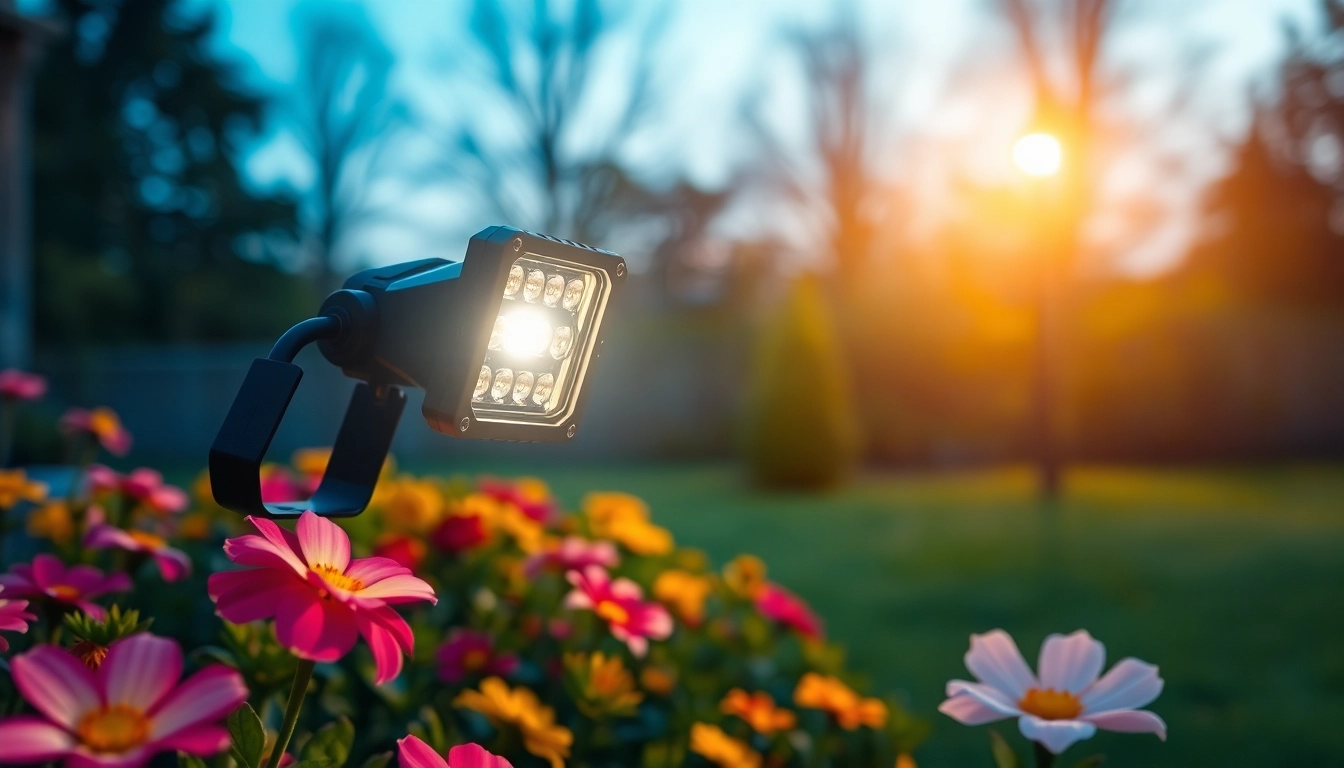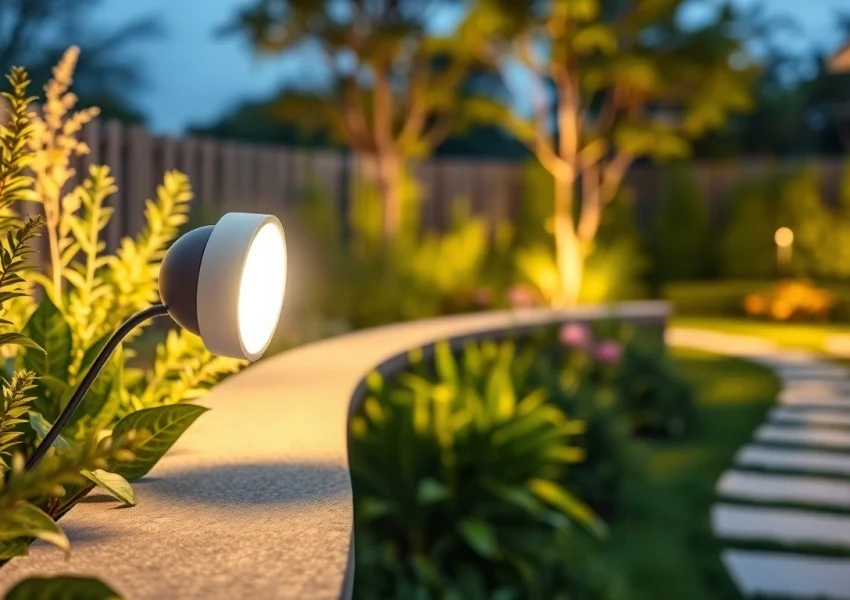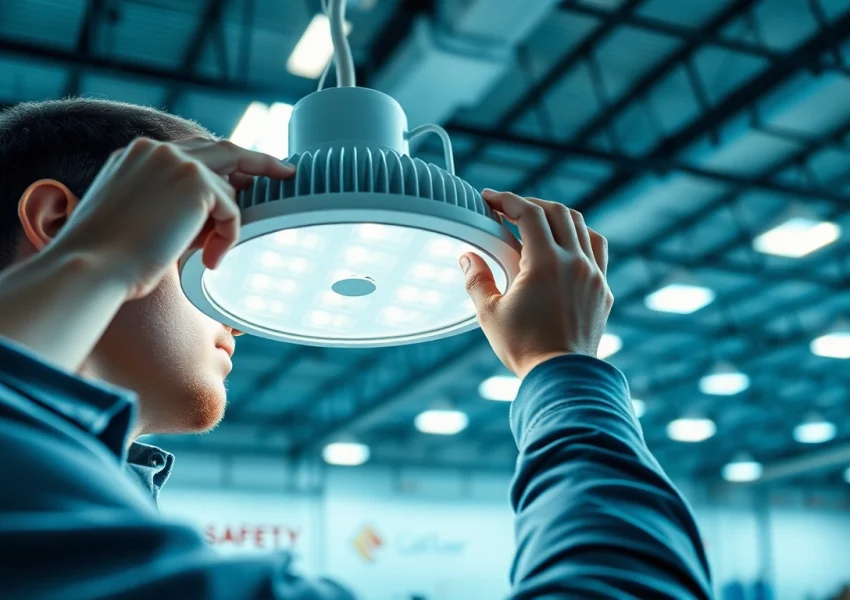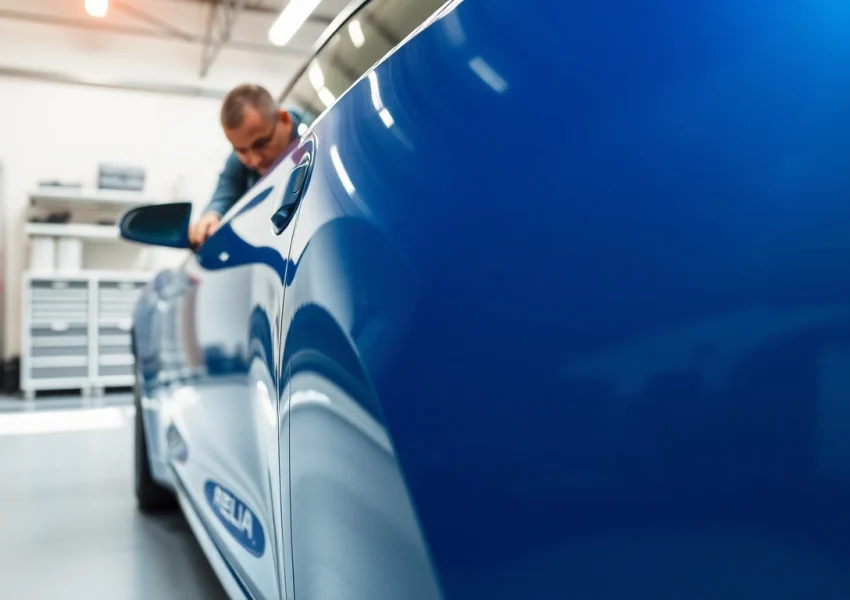Understanding LED Waterproof Light Technology
As technology advances, the demand for versatile and durable lighting solutions has risen. Among these, LED Waterproof light has emerged as a game-changer. These lights not only provide illumination but also withstand various environmental conditions. Understanding the technology behind LED waterproof lighting can help consumers make informed decisions about their lighting needs.
What Makes LED Waterproof Light Different?
LED waterproof lights distinguish themselves from standard lighting options through their unique design and functionality. The critical difference lies in their construction, which utilizes materials and methods that prevent moisture ingress. Typically, these fixtures are rated according to their Ingress Protection (IP) rating, indicating their resistance to water and dust. A common rating for such lights is IP65, signifying that they can repel water projected from a nozzle and are dust-tight.
Moreover, LED technology presents significant advantages over traditional incandescent and fluorescent options, including energy efficiency and longevity. LEDs consume less energy and have a much longer lifespan, making them both cost-effective and sustainable. When combined with waterproof capabilities, they become ideal for outdoor and challenging indoor environments.
Applications of LED Waterproof Light in Various Settings
The versatility of LED waterproof lights allows them to be utilized across numerous settings, functioning effectively in both residential and commercial applications. Here are some common examples:
- Outdoor security lighting: These lights enhance safety around perimeters, driveways, and entrances, ensuring visibility in all weather conditions.
- Garden and landscape lighting: They highlight features in outdoor spaces, blending functionality with aesthetics.
- Commercial use in warehouses: Waterproof lights illuminate storage areas, ensuring bright and safe work environments.
- Marine applications: Used on boats and docks, these lights withstand moisture from water without compromising performance.
- Bathrooms and high-humidity areas: In residential applications, they provide necessary lighting while adhering to safety regulations.
The Benefits of Choosing LED Waterproof Light
Opting for LED waterproof lights brings a multitude of benefits, making them a wise choice for various applications. Here are the key advantages:
- Energy efficiency: LED lights consume significantly less power than traditional incandescent bulbs, reducing electricity costs.
- Longevity: Typically lasting 25,000 hours or more, LED waterproof lights outlast their conventional counterparts.
- Environmentally friendly: They are free from hazardous materials like mercury, making them safer for the environment.
- Low maintenance: With their durability and long lifespan, these lights require less frequent replacement and maintenance.
- Versatility: They can be used in diverse environments and conditions without performance degradation.
Key Features to Look for in LED Waterproof Light
Durability and Material Considerations
When selecting LED waterproof lights, durability should be a primary consideration. Look for lights made from high-quality materials such as polycarbonate or aluminum, which can withstand environmental stresses. Additionally, check the construction quality to ensure resistance against impact and corrosion.
Energy Efficiency Ratings
Energy efficiency ratings are critical when assessing LED waterproof lights. Look for the Energy Star label or similar certifications that highlight high lumens per watt ratio, ensuring you get the most light output for the least energy consumption. This will not only reduce your utility bill but also lessen your carbon footprint.
Brightness Levels and Color Temperatures
The brightness level is measured in lumens, while color temperature is gauged in Kelvin (K). Depending on your specific needs, choose brightness levels that suit your environment and the color temperature that aligns with the intended ambiance. Warm white (2700K-3000K) is ideal for cozy environments, while cooler colors (5000K-6500K) are better suited for task-oriented spaces.
Installation Guidelines for LED Waterproof Light
Choosing the Right Location
Selecting the right location for installation is crucial for optimal performance. Consider areas that need illumination while also ensuring access to power sources. For outdoor fixtures, make sure they illuminate pathways and entry points without creating excessive glare. Additionally, always adhere to local zoning and safety regulations regarding lighting installations.
Step-by-Step Installation Process
Here is a straightforward guide for installing LED waterproof lights:
- Gather necessary tools: Prepare the tools needed for installation, including a screwdriver, drill, wire strippers, and electrical tape.
- Turn off power: Ensure that the power supply is switched off to avoid electric shock during installation.
- Mounting: Follow the manufacturer’s instructions to securely mount the light fixture to the desired location.
- Wiring: Connect the wiring according to the provided diagram. Use wire nuts and electrical tape to secure connections.
- Seal connections: If applicable, apply silicone or other waterproof sealants to ensure moisture resistance.
- Test the fixture: Restore power and test the light to ensure proper installation.
Safety Precautions During Installation
Safety should be at the forefront when installing LED waterproof lights. Here are some essential precautions:
- Always turn off the electrical supply before starting work.
- Wear insulated gloves to protect yourself while handling electrical components.
- Use a ladder safely if installation requires reaching elevated areas, ensuring stability.
- Consult a licensed electrician for installations involving complex wiring or high-voltage systems.
Maintaining Your LED Waterproof Light
Regular Cleaning and Care Tips
Proper maintenance of LED waterproof lights is essential for longevity and optimal performance. Regular cleaning can prevent built-up dirt and debris from affecting the light’s output. Here are some tips for effective maintenance:
- Use a soft, damp cloth to wipe down the exterior of the fixture regularly.
- Check the seals for any signs of wear or damage, replacing them if necessary to maintain waterproof integrity.
- Ensure that any bulbs or LED modules are free from dust, which can reduce brightness.
Troubleshooting Common Issues
Like any electrical fixture, LED waterproof lights may encounter issues. Here are common problems and their potential solutions:
- Light does not turn on: Check the power source, ensure connections are secure, and inspect any fuses or breakers.
- Flickering light: This may indicate a loose connection; a thorough check of wiring is necessary.
- Dim light output: Dirty fixtures or failing LED components can cause this; clean the fixture and consider replacing bulbs, if applicable.
When to Consider Replacement
Understanding when to replace your LED waterproof lights can save time and resources. Here are indicators that it might be time for an upgrade:
- Visible damage to the fixture, such as cracks or significant corrosion.
- Consistent flickering or diminished brightness, which may signify failure of internal components.
- Frequent burn-outs, indicating potential electrical issues or quality problems.
Conclusion: Why LED Waterproof Light is Essential for Your Space
Recapping the Advantages of LED Waterproof Light
With robust durability, energy efficiency, and versatile applications, LED waterproof lights provide a perfect blend of functionality and style. Their ability to illuminate a diverse range of environments ensures safety and enhances aesthetics, making them invaluable in any setting.
Final Thoughts on Investing in Quality Lighting
Investing in high-quality LED waterproof lights represents a commitment to safety, efficiency, and sustainability. Choosing the right fixtures can transform your spaces while reducing long-term costs and environmental impact.
Encouraging Sustainable Lighting Choices
As we become increasingly aware of environmental concerns, selecting sustainable lighting solutions has never been more critical. LED waterproof lights, with their long life spans and low energy consumption, represent a responsible choice for eco-conscious consumers looking to reduce their carbon footprint.





